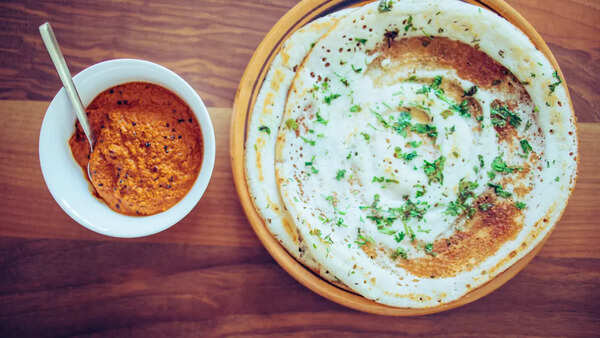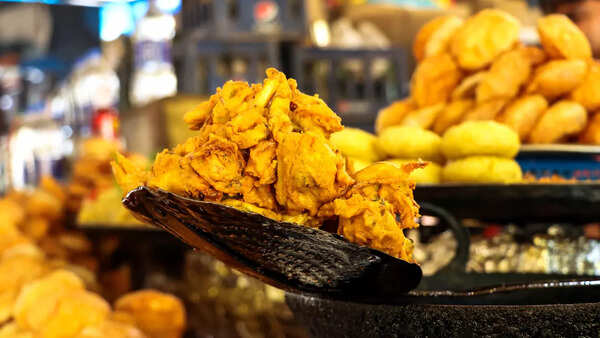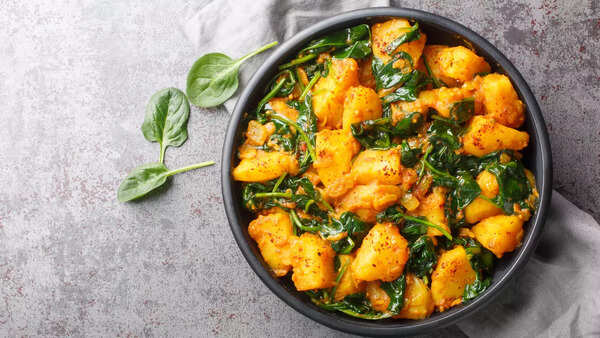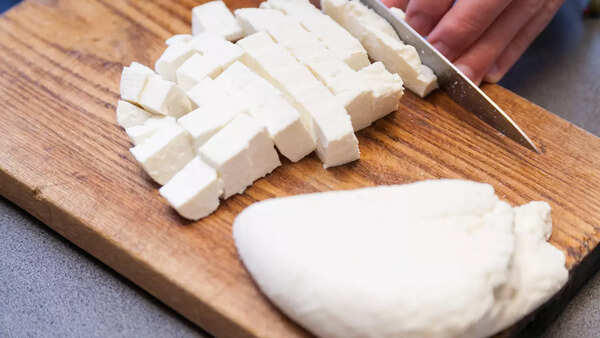4 tips to make traditional Indian lunch healthier |
Fitness coach Raj Ganpath suggests four simple tweaks to traditional Indian lunches for better health. These include halving starch intake from foods like rice and roti, minimizing fried and oily foods, and doubling vegetable portions. Eating right is key to staying fit, healthy, and full of energy. It’s often recommended to have a hearty breakfast and lunch, and keep dinner on the lighter side for better overall well-being. In a recent Instagram video, fitness coach Raj Ganpath shared four simple yet effective tips to make traditional Indian lunches healthier. According to him, these changes can help you stay full longer, maintain steady energy levels, regulate blood sugar, and make it easier to create a calorie deficit for weight loss. Scroll down to learn more!.Halve the starchAs per Raj, it is suggested to halve the starch. Whatever starch you are consuming, whether it is rice, idli, dosa, naan, or roti, eat the same thing but just halve the quantity. If you eat four chapatis, make it two and if you usually have two cups of rice, make it one. As per a study by the National Library of Medicine, starchy foods can have a profound effect on metabolism. The structural properties of starchy foods can affect their digestibility and postprandial metabolic responses, which in the long term may be associated with the risk of type 2 diabetes and obesity. Remove the fried stuffHe suggests removing the fried food from your diet. And if you cannot completely remove it, minimize it as much as possible and this includes any food that is fried, oily, creamy, or rich.
Remove the fried stuffHe suggests removing the fried food from your diet. And if you cannot completely remove it, minimize it as much as possible and this includes any food that is fried, oily, creamy, or rich. Double the vegetablesWhatever type of vegetable you are consuming, be it poriyal, avial, sabzi, or steamed veggies, and salad, simply double the quantity, Raj suggests. As per a study by the National Library of Medicine, dietary fibre intake associates with a reduced risk for the development of cardiovascular disease and mortality. There have also been descriptions of further health benefits of dietary fibre, including reduced risk of malignancy and improved colonic health.
Double the vegetablesWhatever type of vegetable you are consuming, be it poriyal, avial, sabzi, or steamed veggies, and salad, simply double the quantity, Raj suggests. As per a study by the National Library of Medicine, dietary fibre intake associates with a reduced risk for the development of cardiovascular disease and mortality. There have also been descriptions of further health benefits of dietary fibre, including reduced risk of malignancy and improved colonic health. Add a proteinHe says if your meal doesn’t contain protein, add a protein. And if your meal already contains protein, increase it. As per Raj, ideally, you should consume 20-40 grams of protein along with your meal. Explaining the sources of protein in comments, he mentioned adding paneer, soya, and protein supplements in the diet.
Add a proteinHe says if your meal doesn’t contain protein, add a protein. And if your meal already contains protein, increase it. As per Raj, ideally, you should consume 20-40 grams of protein along with your meal. Explaining the sources of protein in comments, he mentioned adding paneer, soya, and protein supplements in the diet. Thumb and Embed Images Courtesy: istockCan’t eat your food without snapping a picture first?Join our Food Photography Contest and stand a chance to win exciting prizes!Click HERE for details.Join our WhatsApp Food Community to discover delicious recipes, enjoy fascinating food stories, and stay updated with the latest food news! Click here
Thumb and Embed Images Courtesy: istockCan’t eat your food without snapping a picture first?Join our Food Photography Contest and stand a chance to win exciting prizes!Click HERE for details.Join our WhatsApp Food Community to discover delicious recipes, enjoy fascinating food stories, and stay updated with the latest food news! Click here
No Byline Policy
Editorial Guidelines
Corrections Policy
Source